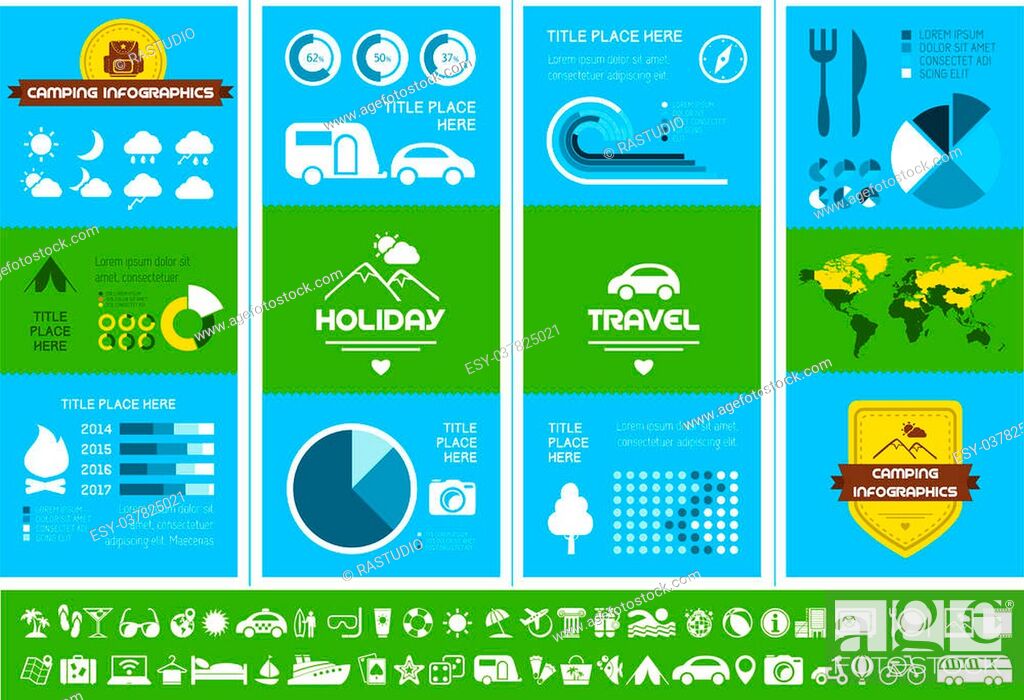Stop Wasting Your Time And Make Sales Online Selling Camping Tents
Stop Wasting Your Time And Make Sales Online Selling Camping Tents
Blog Article
Does Your Backpacking Tent Need an Impact?
A footprint is expensive and adds added weight to your knapsack. It additionally isn't particularly resilient.
Why does a canvas tent leak when you touch it?
Inevitably, whether or not a camping tent impact is required relies on where and how usually you're camping. Generally, it's an excellent idea to utilize one if you camp on unpleasant surface areas or in damp conditions.
Tents with Lower Deniers and Water-proof Scores
Outdoors tents with reduced deniers and waterproof ratings tend to be lighter, however they can likewise be extra fragile. They may call for more frequent repair work and have less interior area than harder versions. If you're an informal backpacker that likes to travel quick and light, this may be great; nevertheless, even more knowledgeable hikers understand that compromising toughness can include huge repercussions down the trail.
The denier and waterproof rating of a tent's canopy, rainfly, and floor can aid you establish its livability. Look for higher-denier fabrics on the canopy and rainfly, as well as taped seams that help avoid water from seeping via stitches. Some suppliers also utilize warmth and sealer during construction to create a more powerful joint; these are called bonded seams.
The livability of a camping tent can also be determined by its flooring measurements and ability. A camping tent's floor should be a little smaller sized than the footprint to prevent water from merging under the sanctuary.
Camping Tents in Rough Terrain
Several backpacking outdoors tents include a footprint made particularly for their design, which helps make certain an appropriate fit and safeguards the tent's base from dampness and sharp things. Other manufacturers market global footprints that can be reduced or folded up to match a camping tent's dimensions.
The sort of terrain you'll encounter is another vital consideration for choosing an outdoor tents. For example, if you'll be camping in a canyon or gully, search for a shelter that can manage strong winds. These problems produce disturbance that can make the distinction between appreciating your campground or enduring pain.
The capacity and optimal height of a tent provide you a good concept of its livability, yet additional variables to think about include vestibules (the area of the rainfly covering the doors) and overall storage room. For instance, throughout our wintertime testing of the Marmot Tungsten, its charitable 93-by-82-inch floor conveniently managed four perspiring backpackers and their puffier shoulder season resting bags while still leaving ample area for gear and individuals.
Tents in Damp Conditions
Even if your camping tent appears completely dry, dampness hides in the nooks and crannies. Gradually, it can degrade the textile. That's why it's so crucial to benefit from day of rest to deep-clean your tent and its elements, such as zipper linings, stake loopholes camping gifts and flexible webbing straps.
Likewise, make sure to pitch your camping tent in a level area, not a divot or concave place, to ensure that ground water doesn't gather between the camping tent flooring and footprint or tarp. And if you're making use of a footprint, take into consideration a custom-cut one developed for your camping tent's layout. It won't accumulate rainwater the means a generic ground cloth or tarpaulin can.
Practice establishing and removing your camping tent in the house before you hit the road, to obtain a feel for exactly how promptly and effectively you can do it. Additionally, practice scouting your outdoor tents in different surfaces to see how simple it is (or isn't) to do in bad weather conditions.
Camping Tents in High-Rise Situations
Outdoors tents range in flooring dimension and livability. For example, a big outdoor tents with dual doors and vestibules like Marmot's Tungsten can manage 4 backpackers without requiring gymnastics to enter and out or to store gear.
The minimal route weight specification is the very best specification to compare designs, as it consists of the bare basics: tent body, rainfly and poles. Yet keep in mind that the spec omits outdoor tents stakes, man lines and things sacks.
The majority of backpacking camping tents can stand up to a light summer season storm, but some can be swept away by gale-force gusts. Try to find a version with solid poles, an increased bathtub-style flooring and joint taping to reduce the possibility of water leaking via. Costlier designs likewise have a tendency to include more powerful materials that can withstand the effect of particles and various other forces.
What's the point of camping?
